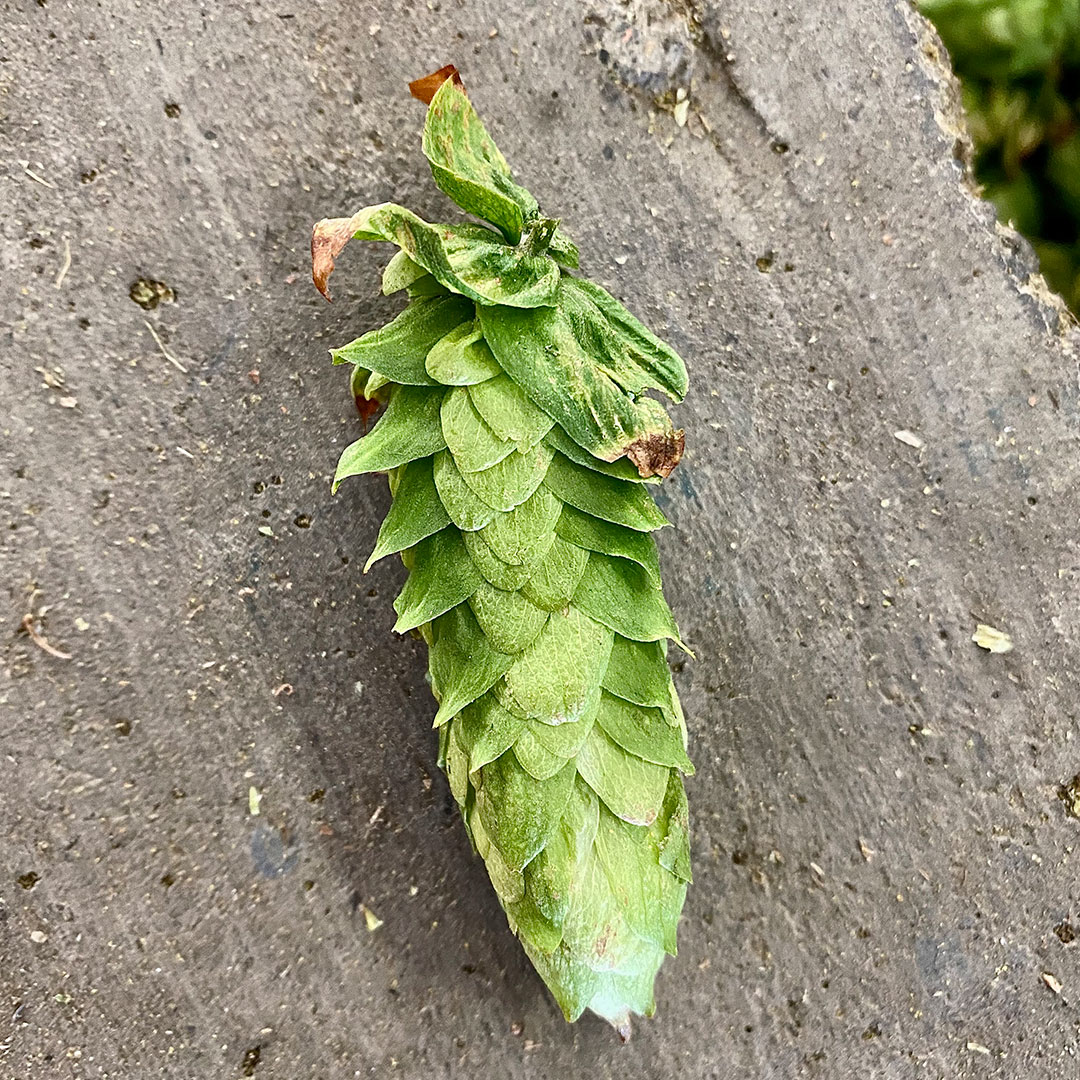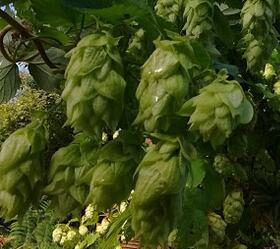Description
Naming
Named after the Cascade Mountain Range. Cascade is one the members of the group known as the three C ‘s, along with Centennial and Columbus.
Origin Story
Cascade was developed in the USDA breeding program at Oregon State University and released to the public in 1972.
It was originally created from a cross between Fuggle and the Russian hop, Serebrianka, in 1967.
Cascade was initially only known by its number designation of USDA 56013.
Despite being known primarily as an American variety, today there are also New Zealand, Argentinian, and Australian varieties of Cascade.
It is most famous for being the finishing hop in Sierra Nevada’s Pale Ale, widely considered the beer that launched the IPA and bitter beer craze.
Cascade accounts for around 10% of the US’s harvest of hops.
Characteristics
Cascade is a dual-purpose hop that can be used in all hop additions throughout the brewing process.
Defined by its citrus, and more specifically grapefruit flavor, it can also impart floral and spicy characteristics.
When used as a bittering hop, it imparts moderate bitterness.
We often see it in recipes for IPAs, Porters, Pale Ales, American Ales, and even Witbiers .
Specs
- Alpha- Acids: 4.5% – 7%
- Beta- Acids: 3.6% – 6.5%
- Oil Content: 0.8 – 1.5 ml/100g
- Contributions: Floral, spicy and citrus aroma
- Suitable for the following beer styles: IPA, Barley Wine, American Pale Ale, Lager
- Alternatives: Columbus, Amarillo, Centennial
- Purpose of Use: Dual
- Country of Origin: U.S.A.
We have technical specifications for all hops related to specific lots.




